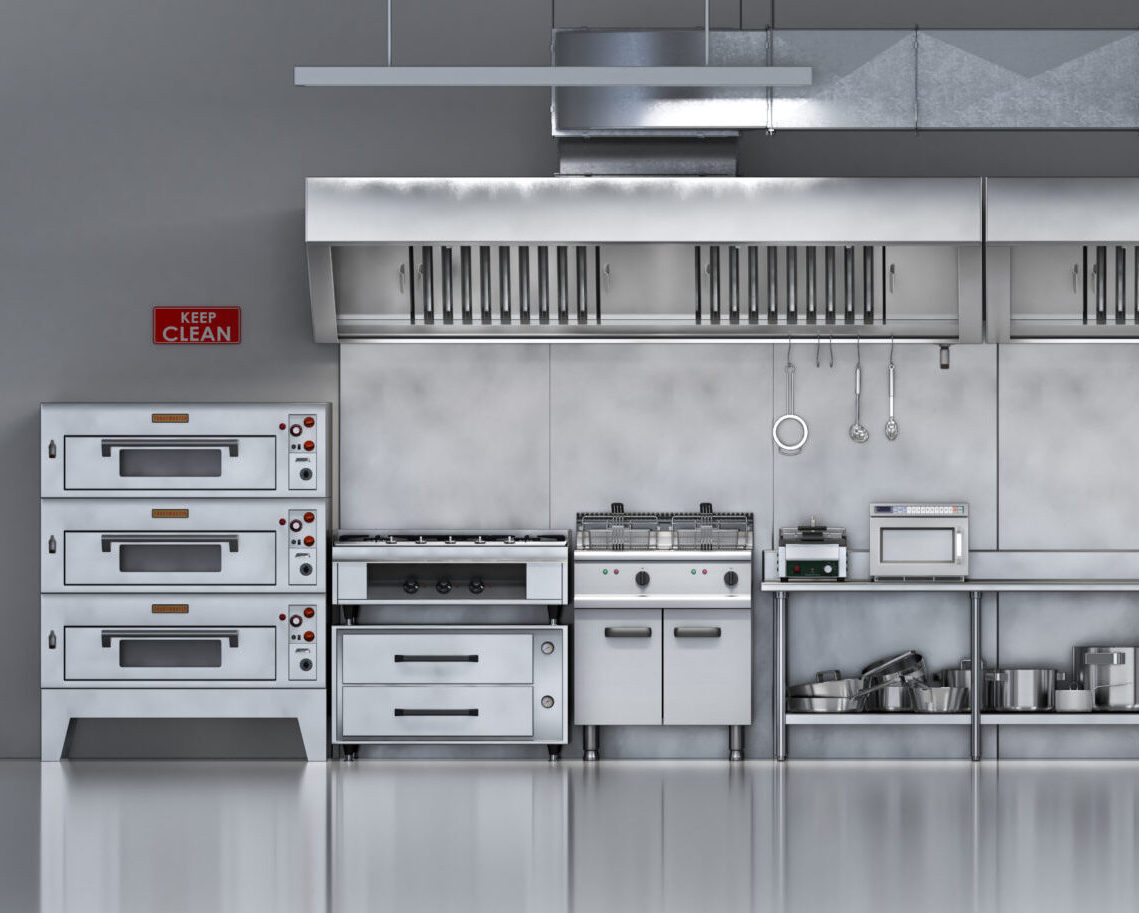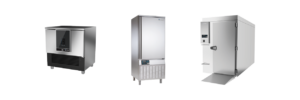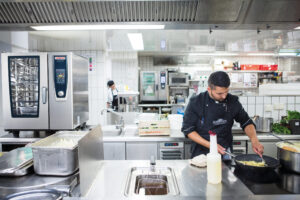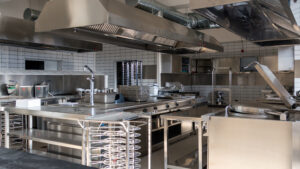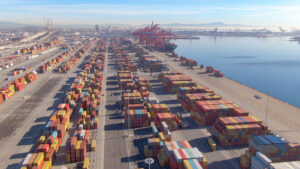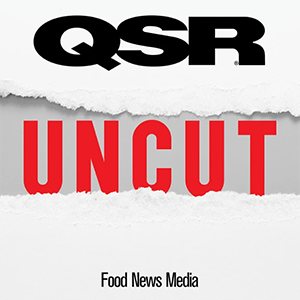How Much Does it Cost to Open a Restaurant?
Whether just starting your restaurant journey or opening your fifth location, the cost of opening a commercial kitchen is high.
Like the average size of your commercial kitchen, determining the average cost of opening a restaurant is difficult to do. Many estimate the costs between $40,000 and $200,000, but it’s not unusual to see budgets beyond that range.
In reality, it depends on your situation.
Many factors go into determining the cost of opening a restaurant and many decisions you have to make along the way. Keep reading to see what goes into determining the cost of your commercial kitchen.
Restaurant Type
You likely know what type of restaurant you’re planning to open (we hope). You’ve either done the market research to determine what’s missing from the current landscape, already have a franchise lined up, or you’re a chef who’s been planning to open a restaurant based on their family’s Italian heritage for years.
No matter which category you fit into (or one we missed), this first factor will trickle down to affect all of your other decisions—and associated costs. The price of opening a quick-service restaurant will be very different from an Asian-fusion gastropub. Start with this first decision to give you a general idea of how to start framing your budget.
Location
The next big decision you have to make is the location. Beach-front dining versus in the middle of a business district versus a rural restaurant off the highway will all have drastically different needs. Where you plan to open your restaurant affects the cost of almost every other factor.
Building in downtown Los Angeles, for example, will cost more in construction and permits than building in Northern Idaho. You’d even have to account for more specialized, multipurpose equipment in a small space than a location with a larger footprint you could get elsewhere.
Space
Besides the location, the state of the space you select will determine the majority of your upfront investment.
Here are some early decisions you’ll have to make to determine your overall cost to build your restaurant.
Are You Planning to Lease or Buy the Space?
Buying the space or land is the more expensive option of the two and locks you into it for the long term. The recommended down payment is 10%, which you’ll have to come up with immediately to get started on any planning.
If you plan on leasing the space, you’ll only need to pay the security deposit and first month’s rent. Leasing is likely considerably cheaper, but it limits your ability to make significant changes to the building without the landlord’s approval.
In both scenarios, it’s important to remember that you’ll be paying a monthly payment (either rent or mortgage) during the construction phase. Plan ahead to have the money available should your opening date get delayed.
How Big is the Space?
Your restaurant startup costs will be very different between a walk-up window and 5,000 sq. ft. of gourmet dining. While the average commercial kitchen size is around 1,000 sq. ft., there are tons of outliers on either side. Determining the approximate size of your restaurant ahead of time will help guide your location search and figure out a loose budget to get you started.
Design Process
Hiring a commercial kitchen design firm early in the process will ensure you maximize every square inch in your restaurant. From the beginning, they’ll assess the space, draw up plans to fit all of your necessary equipment and prep tables, ensure health code requirements are met, and ensure the design meets your needs through the construction process.
A lot of new restaurant owners might skip this step—but we think it’s a costly mistake. While hiring a designer is an added expense, they can prevent expensive problems down the line, like:
- Wasted kitchen space
- Lower throughput due to inefficiencies
- Change orders late in the process
- Issues with meeting health code requirements
- Delayed restaurant opening
To get a bigger picture of everything that goes into commercial kitchen design, read our Commercial Kitchen Design Guide.
Construction Costs
Construction costs will largely be based on what you have to work with when you get started. Here are a few factors to determining your budget:
Are You Doing a New Build?
If you bought land or have to tear down the current building, starting from scratch will be the highest ticket option. You’ll need an architect and building permits, in addition to the extra construction costs that are to be expected.
Are You Adapting a Second-Generation Restaurant?
Second-generation spaces are great options if you’re looking to move in quickly and don’t need to customize too much. You’ll save money upfront without having to build a new kitchen from the ground up, and often you can even purchase the commercial kitchen equipment with it.
Hiring the right contractor and construction team will also influence your overall costs. Going for the lowest-priced bid is instinctual, but that doesn’t always mean you’ll save money on the finished product. Things like change orders, shoddy work and incorrect permitting are all budget-busters when things go wrong.
Kitchen Equipment
Expect commercial kitchen equipment to take up another big chunk of your restaurant startup costs.
There are several kinds of equipment you’ll need to purchase to fully equip your restaurant, including:
- Kitchen equipment: Think walk-in fridges, stoves, dishwashers, warming tables, prep areas, etc.
- Cooking equipment: What will your kitchen staff need to prepare the food? Likely pots, pans, various utensils, rags, mixers, etc.
- Service equipment: Don’t forget the things your serving staff will need to keep the place running. This is likely tables and chairs, trays, dining sets, glassware, POS systems, soda dispensers, etc.
Determining which restaurant equipment to buy is a strategic decision. Are you buying top-of-the-line equipment? Used? What equipment do you need versus want?
Although it’s tempting to go for the best and biggest equipment you can find, look for pieces that fit your space. Running an efficient kitchen is the key to maximizing your throughput. If your kitchen staff has to maneuver around too-large appliances or fight for prep space that you didn’t plan for, they might as well be cooking with one hand tied behind their backs.
To ensure you can secure all your equipment within budget and on schedule, we recommend you create a wishlist of the ideal equipment you want to run your foodservice operation, and then create a list of items that will work for now. Besides costs, supply is a big factor right now (and likely will be until 2023). Plan ahead to avoid any delays.
Additional Factors that Drive Up Restaurant Equipment Costs:
- Energy efficiency
- Specialty equipment
- Shipping fees
- Rush fees
- Customization
Most people forget to include in their restaurant estimates is the price of equipment installation. Hiring professional installers may increase your upfront expenses, but it’s well worth the cost in the end.
There’s no denying, the price of commercial kitchen equipment is steep. And while you’re spending budget on other crucial phases of your restaurant opening, it’s easy to panic at the pricetags. Restaurant equipment financing is a great option to get you started. Find out more about it in our Guide to Restaurant Equipment Financing.
Licenses and Permits
Everyone’s least favorite part of the process: licensing and permits. They’re a pain to deal with but essential to protecting the public’s safety. Since every state (and often cities) have their own regulations and requirements, it’s vital to go to your local governing body to determine what you need to legally open your restaurant.
There are a few requirements that are common across locations:
- Business license: Like all other businesses, you’ll need a basic business license to get started. Prices and requirements typically differ between counties.
- Food service license: Most places will require a food service or operating license before you can open your restaurant. Expect to pay anywhere from $100 to $1,000 to get started. And expect occasional visits from city officials to ensure your restaurant continues to meet all the requirements.
- Liquor license: These have a wide price range, topping out at $12,000 annually in California. However, licenses can get much higher if you’re forced to purchase an already existing license.
- Food handlers permit: All states require every employee in your restaurant that handles food to obtain this permit. It usually requires a class or two on food safety, an assessment and a small fee.
These are just a few of the extensive licenses required to open a food service operation. It’s important to look into local regulations before you get started. Not only will you have to factor costs into your budget, but you’ll also have to ensure you meet various requirements during the construction process.
Want to know exactly what it would cost to open your restaurant?
If you haven’t figured it out yet, here’s the answer to how much a commercial kitchen costs: it depends.
There are so many factors to consider and decisions to make that will determine what it costs to open your restaurant. If you want a better idea of your restaurant startup costs, you need to reach out to the experts.
At Avanti, we have over 20 years of experience designing, building, and equipping commercial kitchens. Chat with one of our experts today.
Feeling overwhelmed? We’re here to help. We have all of this information and worked into our process. Turn to the experts and we’ll streamline and simplify your commercial kitchen design.
